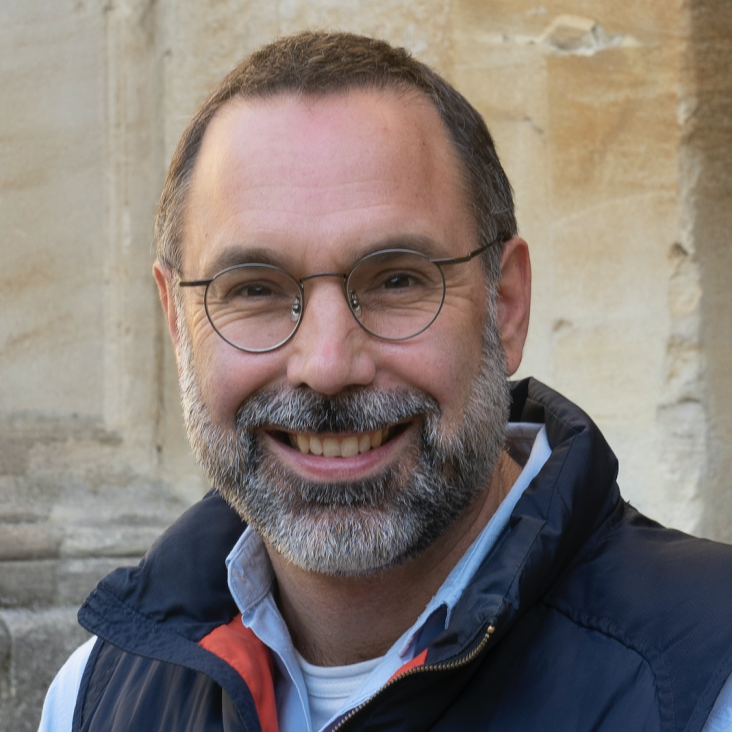Bar diagnostics in edge-on spiral galaxies.: III.: N-body simulations of disks
ASTROPHYSICAL JOURNAL 626:1 (2005) 159-173
The Chandra Fornax survey.: I.: The cluster environment
ASTROPHYSICAL JOURNAL 633:1 (2005) 154-164
Peanut shaped structures in edge-on galaxies
Sissa Medialab Srl (2004) 061
A Search for Short Time‐Scale Optical Variability in the GRB 030329 Afterglow
AIP Conference Proceedings AIP Publishing 727:1 (2004) 337-338
The SAURON project - III. Integral-field absorption-line kinematics of 48 elliptical and lenticular galaxies
Monthly Notices of the Royal Astronomical Society 352:3 (2004) 721-743


